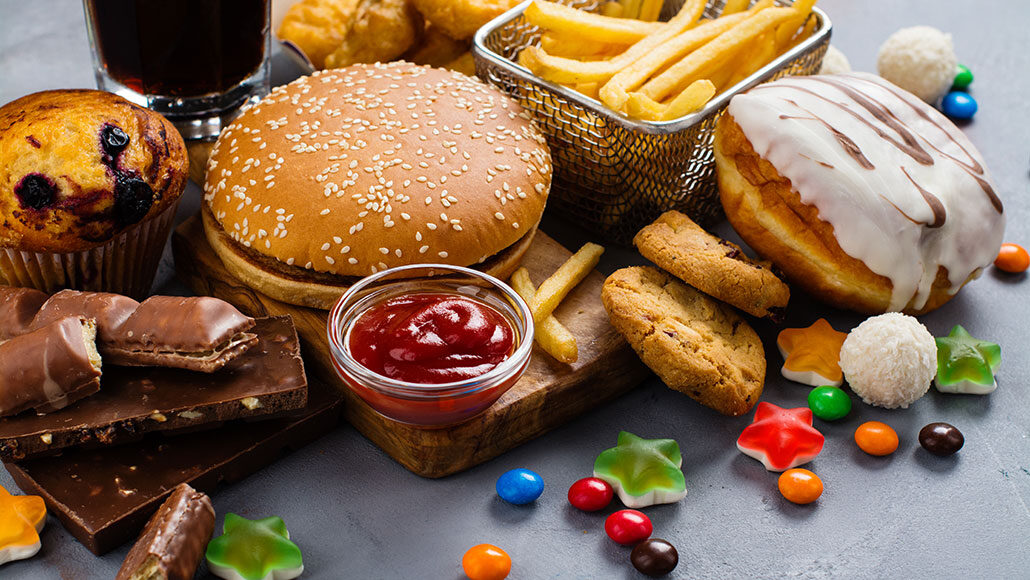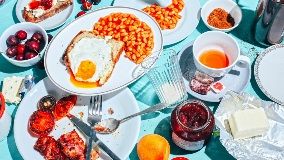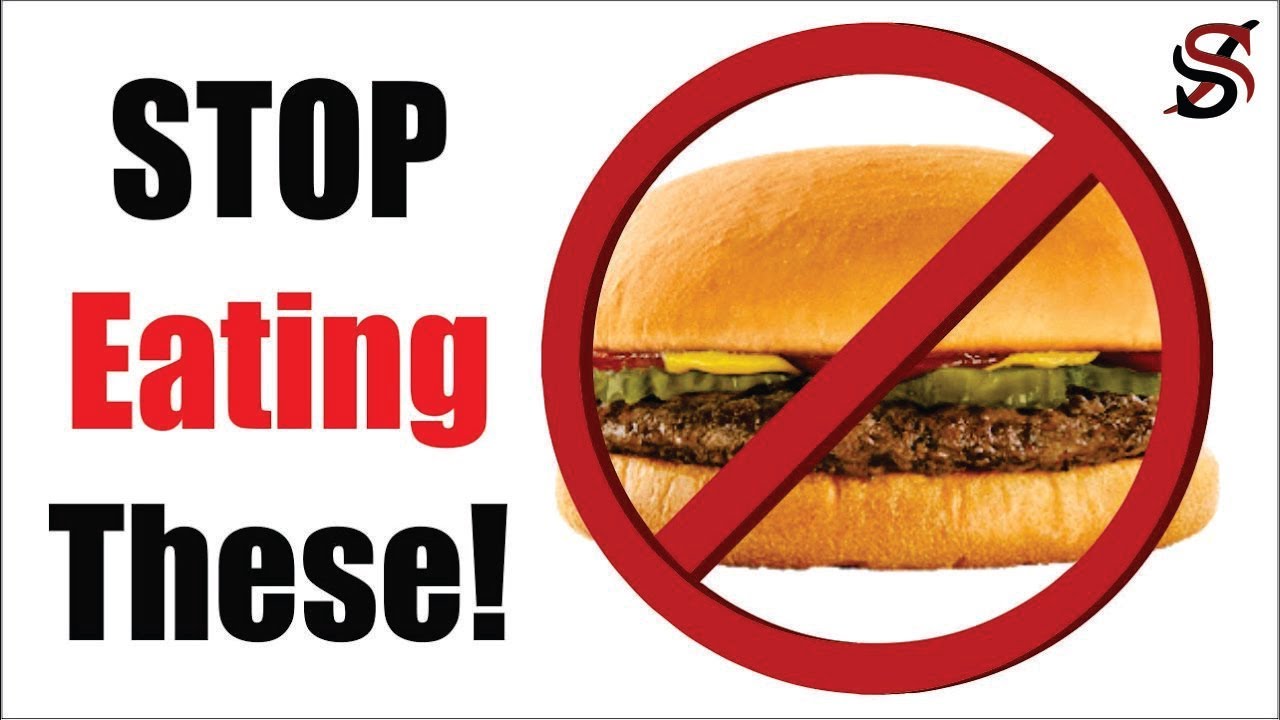
Eating healthy and cooling foods is essential in the summer months. Hotter seasons can make the digestive system more delicate, so it is crucial to reduce the intake of high-temperature foods. Choose healthy ingredients and portions for meals and snacks. Make sure you consider the season, the ingredients, and your own needs. These are the top foods to enjoy in summer. These are just a few of the great options that you have for a healthy diet.
Vegetables, fruits and vegetables. Salads and fruit are most popular during the summer. However, they contain a high amount of sugar and calories and are not healthy for the body. You should eat a variety if fruits and vegetables throughout the summer like mangoes, guavas, and other tropical fruits. These make great breakfast smoothies and pair well with fresh fruit. In general, you can't go wrong with these healthy choices for your daily diet.
Melons. Muskmelons can be a great way for you to get more energy. This is especially useful for those who suffer from fatigue in hot conditions. They are full of vitamins and mineral, which will keep the body healthy and active all day. Muskmelons can be fed to your baby. They are easy-to-digest and are good for the gut. You can also mash these foods and make a juice out of them.

Apples. They're great during the summer because they have a lot water. These fruits are high in pectin, which helps maintain a healthy digestive system. This fruit is rich in antioxidants that will keep you healthy. You also get a lot of energy. And because they're so rich in Vitamin A and C, they're great for fighting diseases that cause dehydration. Make sure you include healthy summer foods in your diet.
Tomatoes go well with any meal. Tomatoes can be used for both lunch and dinner. They are also rich in vitamins and antioxidants, which can protect your body from the harmful effects of the sun's ultraviolet rays. It means that you can enjoy delicious meals without worrying about any harmful effects. They're also good for your skin, too.
Berries make a great choice for summer. Berries are high in fiber, which is important for healthy digestion. You can also get a cup of berries to improve the texture of your skin. You can also get antioxidants from berries, which are good for your body in fighting serious diseases. Some berries are more beneficial than others. If you're allergic to any kind of food, you may want to hold off on eating it until you're older. Berry consumption can not only provide vitamins and minerals but also aid in maintaining a healthy weight.
Yogurt is another option that babies will love. It contains protein, calcium, and vitamin D, which are important for a healthy digestive system. Yogurt provides protein for your baby, which is vital for healthy teeth development. It is easily digestible, so it can be introduced to your baby from as early as six month old. Make your own yogurt curd if your baby isn't familiar with yogurt. A simple, homemade yogurt is a good choice if you don't know what type of yogurt you should introduce to your child.

Watermelon is a great summer food, and it's not just fruit. It is a natural source of lycopene, which is essential for heart health. It also improves your overall health. You can grill the melon and drizzle it with olive oil to get the maximum benefits. You can also roast or grill watermelon for a delicious and savory snack. This fruit is great for summer snacks as it doesn't need any sugar.
Summer is the best time to eat watery and rich in nutrients. Green beans are an excellent snack choice. They can be given to babies as finger food because they are 95% water. You can also try boiled cucumbers as a healthy snack. It's possible to enjoy a tasty meal and still stay hydrated even in the hotter months, as long you don't overdo.
FAQ
How does an antibiotic work?
Antibiotics are medications that kill harmful bacteria. Antibiotics are used for treating bacterial infections. There are many options for antibiotics. Some are administered topically, while others can be taken orally.
People who have been exposed are often given antibiotics. An oral antibiotic might be prescribed to someone who has been exposed to chicken pox. This will prevent the spread of shingles. An injection of penicillin may be necessary to prevent pneumonia if someone has strep.
Doctors should prescribe antibiotics to children. Children are more likely to experience side effects than adults from antibiotics.
Diarrhea being the most common side effect of antibiotics. Other side effects possible include dizziness, nausea, vomiting, stomach cramps, dizziness and allergic reactions. These side effects are usually gone once the treatment is complete.
What's the difference between fat or sugar?
Fat is an energy source from food. Sugar is a sweet substance found naturally in fruits and vegetables. Both fats (and sugars) have the same calories. But fats are twice as calories as sugars.
Fats are stored within the body and can contribute to obesity. They cause cholesterol buildup which can lead to strokes and heart attacks.
Sugars are quickly absorbed into the body and provide instant fuel. This causes blood glucose levels in the body to rise. High blood glucose levels are dangerous as it can increase the likelihood of developing type 2 diabetes.
Do I have to count calories?
You might be asking "What is the best diet?" or "is counting calories necessary?" This depends on your health and lifestyle.
The Best Diet For Me: Which One Is Right?
The best diet depends on me, my health, my goals, my preferences and my overall lifestyle. There are many diets available, some good and others not so good. Some are better for certain people than others. What should I do? How can I make the right choice?
This article aims at answering these questions. This article begins with a brief overview of the various types of diets that are available today. After that, you will learn about the pros and disadvantages of each type. Finally, we'll discuss which one is best.
Let's begin by briefly reviewing the different types and diets.
Diet Types
There are three main types, low fat, high protein, or ketogenic diets. Let's look at each one briefly.
Low Fat Diets
A low fat diet means a diet that reduces the intake of fats. This is achieved through reducing intakes of saturated fats (butter and cream cheese, for example). These fats can be replaced with unsaturated fats like avocados and olive oil. For those looking to lose weight quickly, a low-fat diet is often recommended. This type of diet can lead to constipation and heartburn as well as indigestion. It can also lead to vitamin deficiencies, if someone doesn't get enough vitamins in their food.
High Protein Diets
High protein diets are known to restrict carbohydrate intake and promote the consumption of proteins. These diets usually have higher amounts of protein than other diets. These diets are intended to increase muscle mass and reduce calories. They may not be able to provide sufficient nutrition for people who need it. They are also very restrictive, so they might not be appropriate for everyone.
Ketogenic Diets
Ketogenic diets can also be known as keto diets. They are high fat and moderately carbohydrate and protein-rich. They are commonly used by athletes and bodybuilders, as they allow them train harder and more frequently without getting tired. However, they must be used with caution to avoid nausea, headaches and fatigue.
What are the ten best foods to eat in America?
These are the 10 best foods you can eat:
-
Avocados
-
Berries
-
Broccoli
-
Cauliflower
-
Eggs
-
Fish
-
Grains
-
Nuts
-
Oats
-
Salmon
How does weight change with age?
How can you tell if your bodyweight has changed?
Weight loss happens when there is less muscle mass and more fat. This means that calories must be consumed at a rate greater than energy. The most common cause of weight loss is decreased activity levels. Others include pregnancy, hormonal imbalances or certain medications. Weight gain is when there are more calories than muscle mass. It occurs when people consume more calories each day than they use. The most common causes are overeating, increased activity, hormonal changes, and excessive calories.
The primary reason we lose weight is that we consume less calories than what we burn. The main reason we lose weight is because we exercise more often. This increases our metabolism rate and burns more calories each day. This doesn't necessarily mean we will lose weight. What matters is whether we are losing fat or building muscle. If we're burning more calories than we're consuming then we're going to lose weight. But if we're consuming more calories than we're burning, then we're actually storing them as fat.
As we age, we become less agile and don't move as often. We also tend eat less than we used to. This is why we tend to gain weight. On the flip side, we tend to have more muscle mass so we look bigger than we really are.
Without regularly weighing yourself, it is impossible to gauge how much weight you have lost. There are many different ways to measure your weight. You can measure your waist, hips and thighs as well as your arms. Some prefer to use bathroom scales, while others prefer tape measures.
Track your progress by measuring your waistline and weighing yourself every week. To track your progress, you can also take photos every few months of yourself to see how far it has come.
You can also check your height online to find out how many pounds you have. You'd likely weigh 180 pounds if you were 5'10 tall and 180 pounds if you were 180lbs.
Statistics
- This article received 11 testimonials and 86% of readers who voted found it helpful, earning it our reader-approved status. (wikihow.com)
- nutrients.[17]X Research sourceWhole grains to try include: 100% whole wheat pasta and bread, brown rice, whole grain oats, farro, millet, quinoa, and barley. (wikihow.com)
- In both adults and children, the intake of free sugars should be reduced to less than 10% of total energy intake. (who.int)
- WHO recommends reducing saturated fats to less than 10% of total energy intake; reducing trans-fats to less than 1% of total energy intake; and replacing both saturated fats and trans-fats to unsaturated fats. (who.int)
External Links
How To
How to Live a Healthful Lifestyle
A healthy lifestyle is one where you are able to maintain your weight, your health and your fitness level. Healthy living means eating right, exercising regularly, getting enough rest, and staying away from harmful substances like alcohol, tobacco, cocaine, and drugs. A healthy lifestyle will help you feel great and stay in shape. A healthy lifestyle can help reduce your risk of developing chronic diseases such as heart disease, strokes, diabetes, cancer and osteoporosis.
This guide will help you live a healthier, more fulfilling life. The introduction was the first section of the project. It explains the importance of a healthy lifestyle, how it can be achieved, and who you are. Then, I wrote the body paragraphs, which consist of different tips on how to keep a healthy lifestyle. Finally, I wrote my conclusion. It summarizes the entire article and gives additional resources if required.
This assignment helped me to understand how to write concise paragraphs. I learned how my ideas could be organized into topic sentences. Furthermore, I was able to improve my research skills by being able to identify specific sources and correctly cite them. I also learned proper grammar and writing skills.